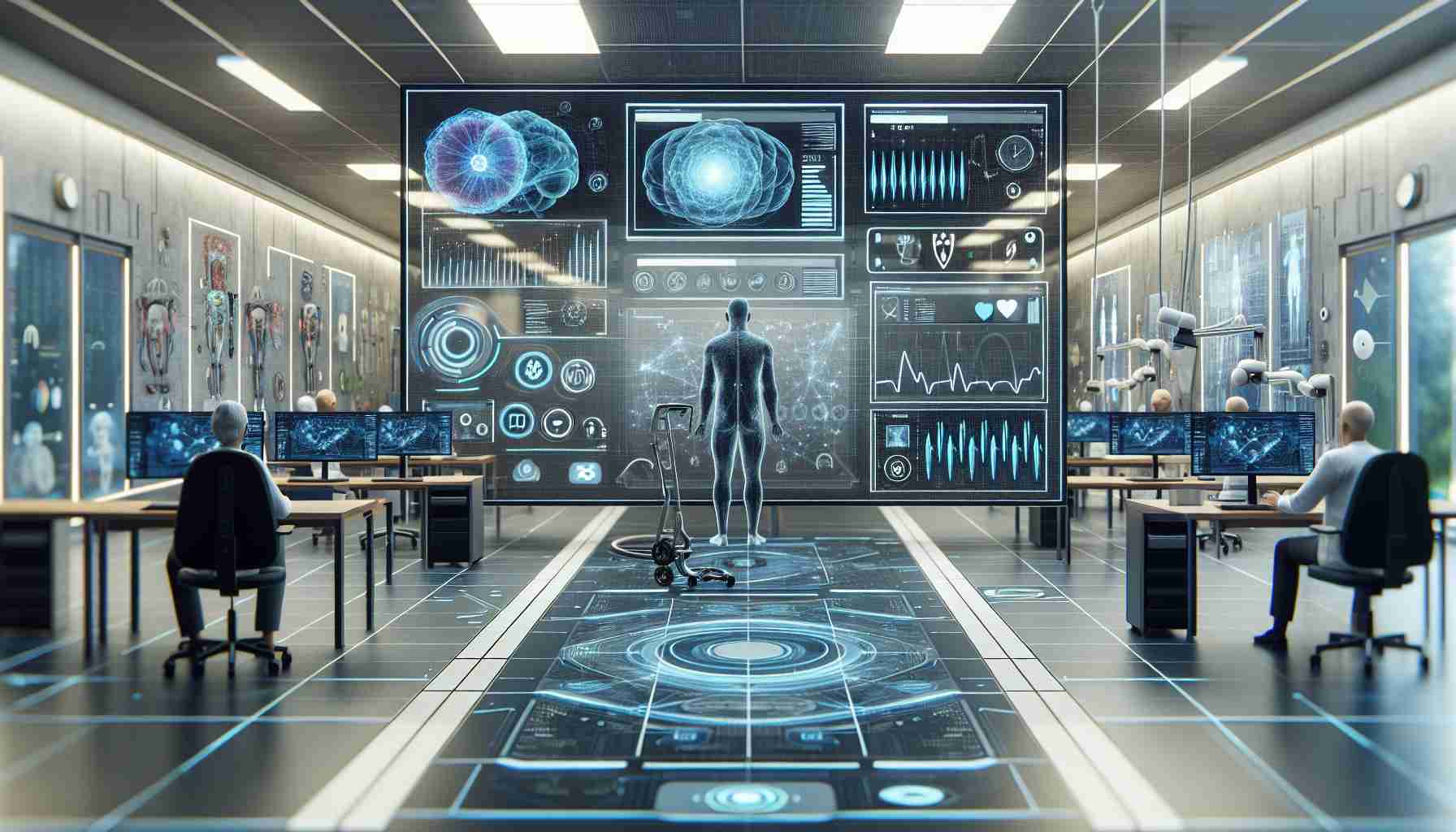Researchers from the University of Rochester Medical Center have made a significant breakthrough in understanding Parkinson’s disease through the use of consumer-grade smart technology. Published in npj Parkinson’s Disease journal, their innovative approach leverages smartwatches and smartphones to track the development of early-stage Parkinson’s disease.
This novel method has the advantage of creating objective and precise data reflecting real-world disease progression. The team, led by neurology associate professor Jamie Adams, MD, observed individuals over a year, capturing valuable insights into patterns of mobility and vocal changes that are hallmarks of Parkinson’s disease.
The use of such ubiquitous devices has allowed for the monitoring of subtle deteriorations in gait, an increase of tremor frequency, and the nuanced variations in the participants’ speech. Recognizing the common symptoms of decreased arm swing and fluctuations in daily steps, the study verified the efficacy of digital tracking in a clinical context.
Funded for an additional 18 months by the Michael J. Fox Foundation, the WATCH-PD study has become a collaborative platform for stakeholders. Diane Stephenson, PhD, from Critical Path for Parkinson’s consortium, highlighted the pivotal role of continuous feedback in shaping studies to include the perspectives of those affected by the disease directly.
Parkinson’s disease presents with a wide variance in symptoms and progression, complicating the traditional subjective assessment methods used commonly in the past. The revolutionary work of Adams’ team points towards the promise of technology-driven care, painting a hopeful future for those battling Parkinson’s. Their ongoing efforts may well catalyze the development of crucial therapies and improve treatment strategies through consistent, technology-enhanced observation.
Most Important Questions and Answers:
What are the key advantages of using consumer-grade smart technology in Parkinson’s disease research?
The key advantages include the creation of objective and precise data that reflect real-world disease progression, continuous and unobtrusive monitoring of symptoms, and the potential to capture subtle changes in mobility and vocal patterns that might not be noticeable during infrequent clinical visits.
What challenges or controversies are associated with using smart technology in medical research?
Challenges include concerns about data privacy and security, ensuring that devices are user-friendly for patients with motor and cognitive impairments, and the need for algorithms that can accurately interpret the vast amounts of data collected. Another controversy might be the digital divide, where access to smart technology is not equally available to all patients, potentially leading to disparities in healthcare.
What are the disadvantages of using smart technology for monitoring Parkinson’s disease?
Disadvantages can include the reliance on patients to consistently wear the devices and charge them, the possibility of devices misinterpreting non-disease-related activities as symptoms, and the risk that the technology might not capture all aspects of the disease due to its complexity.
Advantages and Disadvantages:
Advantages:
– Objective Data Collection: It eliminates the subjectivity of symptom reporting and allows for consistent data analysis.
– Real-time Monitoring: There is constant tracking of symptoms, which may result in early detection and intervention.
– Non-intrusive: Smart devices are part of many people’s daily lives and do not require additional procedures or visits to healthcare providers.
– Large Data Sets: The technology can collect vast amounts of data over time to improve understanding of the disease’s progression and response to treatment.
Disadvantages:
– Data Security: Collecting sensitive health information on smart devices raises concerns about data protection and privacy.
– Device Dependence: The success of this method relies on patient compliance in using and maintaining the devices.
– Accessibility: The need for technological proficiency may exclude some patients, especially the elderly or economically disadvantaged.
For further reading on Parkinson’s disease and insights into ongoing research, you can visit the Michael J. Fox Foundation or the Parkinson’s UK websites, which offer resources and updates on advancements in Parkinson’s disease research and treatments.
